Kukje Gallery (국제갤러리)
429.1M 2021-07-29
54, Samcheong-ro, Jongno-gu, Seoul
+82-2-735-8449
The Kukje Galley has been committed to presenting the work of significant Korean and international contemporary artists to the public since 1982. The gallery has established itself as a leading venue for international exhibits such as Helen Frankenthaler, Sam Francis, Jim Dine, Frank Stella, Robert Mangold, Anthony Caro, Cy Twombly, Edward Ruscha, Anselm Kiefer, Joseph Beuys, and Bill Viola, attracting enthusiastic responses from both the public and the media.
The gallery has placed emphasis on collaborations between artists, galleries, and art dealers around the world and nurturing upcoming artists by sponsoring their artwork and giving them international exposure.
Insadong Sagwanamu (인사동사과나무)
431.2M 2021-03-29
24-1, Insadong 14-gil, Jongno-gu, Seoul
+82-2-722-5051
This is where you can dine on the outdoor terrace. This restaurant's signature menu is steak. This Western dishes restaurant is located in Jongno-gu, Seoul.
Osulloc - National Museum of Modern and Contemporary Art Branch [Tax Refund Shop] (오설록 현대미술관)
431.8M 2024-04-23
30, Samcheong-ro, Jongno-gu, Seoul
-
The Restaurant (더레스토랑)
434.4M 2021-03-27
54, Samcheong-ro, Jongno-gu, Seoul
+82-2-735-8441
It is a gallery-like restaurant where you can appreciate paintings drawn by famous artists. The best menu at this restaurant is spaghetti. This Western dishes restaurant is located in Jongno-gu, Seoul.
Africa Museum of Art (아프리카미술관)
438.7M 2022-10-26
24-1, Samcheong-ro, Jongno-gu, Seoul
+82-2-730-2430
The Africa Museum of Art was established with the purpose of hosting various art festivals and providing the grounds for researching various art themes. A major principle of the gallery is to promote works of art that actively attempt to explore the human mind.
Bukchon Hanok Center for History (북촌한옥역사관)
440.9M 2024-11-05
3 Gyedong 4-gil, Jongno-gu, Seoul
Aēsop - Samcheong Branch [Tax Refund Shop] (이솝 삼청)
445.9M 2024-04-17
58-3, Samcheong-ro, Jongno-gu, Seoul
-
Lee Ri-Ja Hanbok Museum (이리자 한복전시관)
448.3M 2022-08-08
20, Samcheong-ro, Jongno-gu, Seoul
+82-2-734-9477
The Lee Ri-Ja Hanbok Museum displays the traditional clothing worn in Korea from birth to death. All hanbok displayed at the museum are created by the hanbok designer Lee Ri-Ja herself, who has over 40 years of experience.
853 (팔오삼)
448.6M 2024-03-15
16 Insadong 12-gil, Jongno-gu, Seoul
+82-70-8832-0853
853 is a pork barbecue restaurant located in a renovated hanokin Insa-dong, offering various cuts of pork such as shoulder, belly, blade-end fatback, and pork neck. They use thick cuts of domestically sourced pork and grill them to perfection, ensuring they are juicy and flavorful. Customers can enjoy dipping their meat in one of four sauces: Himalayan rock salt, mustard seeds and wasabi, salted cutlassfish intestines, and barley mixed paste. Their flying fish roe riceball mixed with pickled radish salad, burdock root, flying fish roe, perilla leaves, and mayonnaise pairs perfectly with the meat.
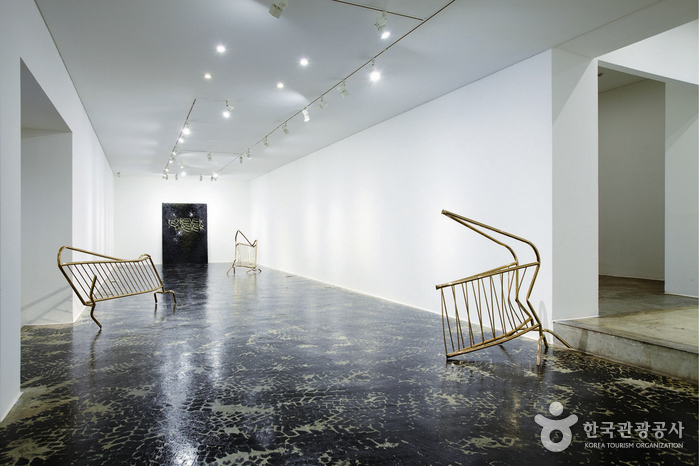
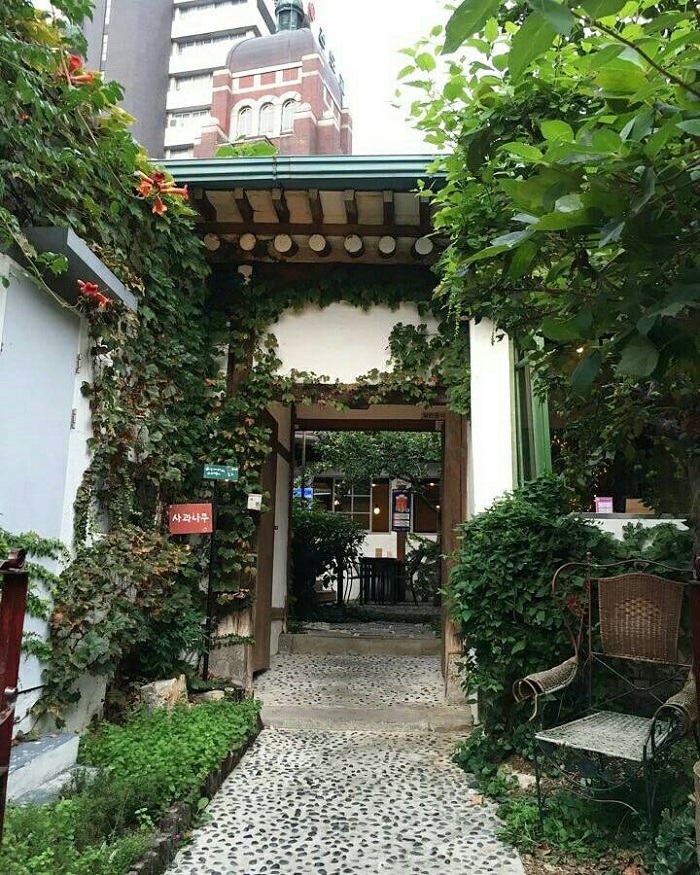

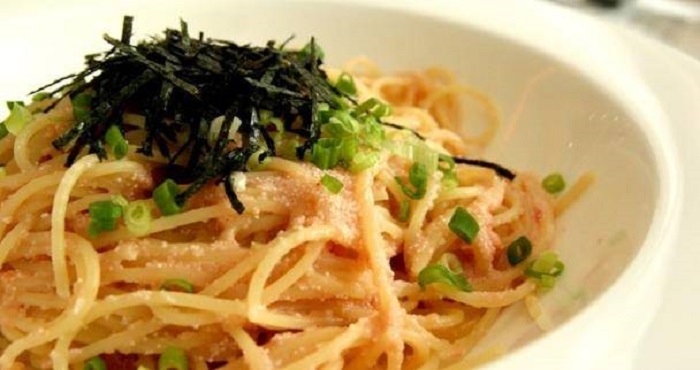
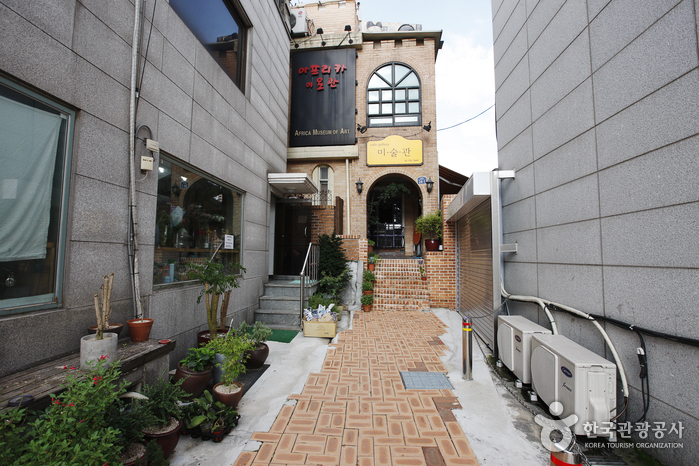
![Kum Bak Yeon [Tax Refund Shop] (금박연)](http://tong.visitkorea.or.kr/cms/resource/74/3313974_image2_1.jpg)
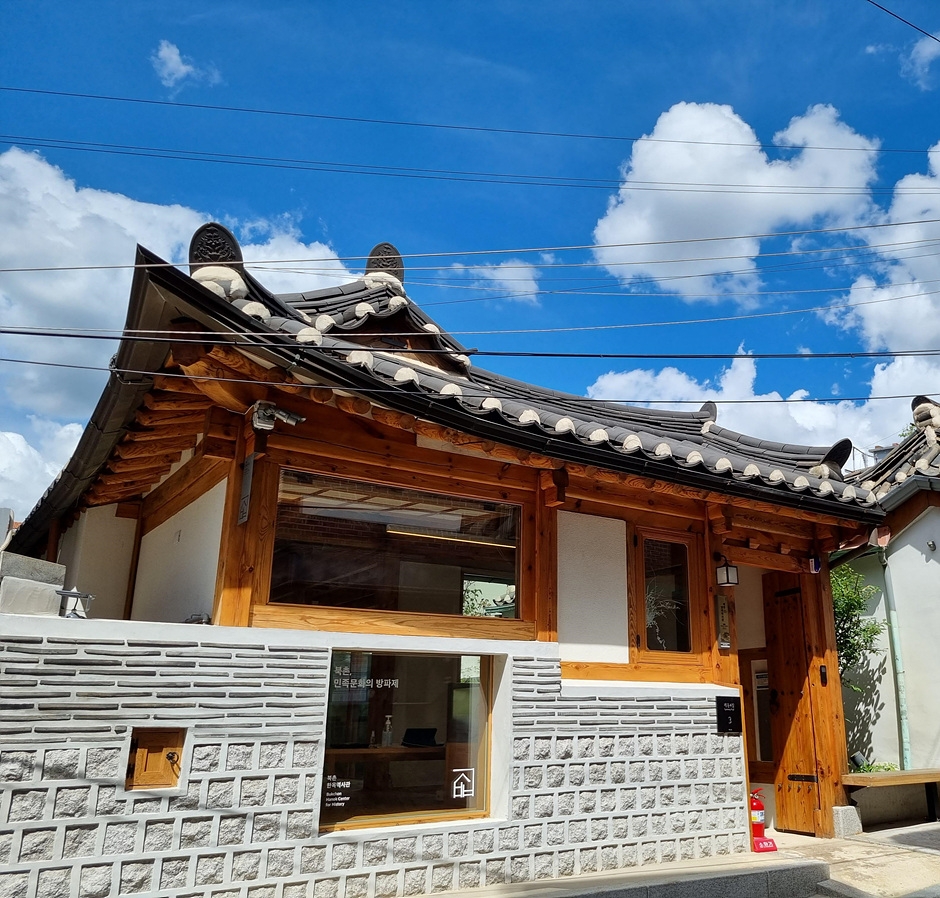
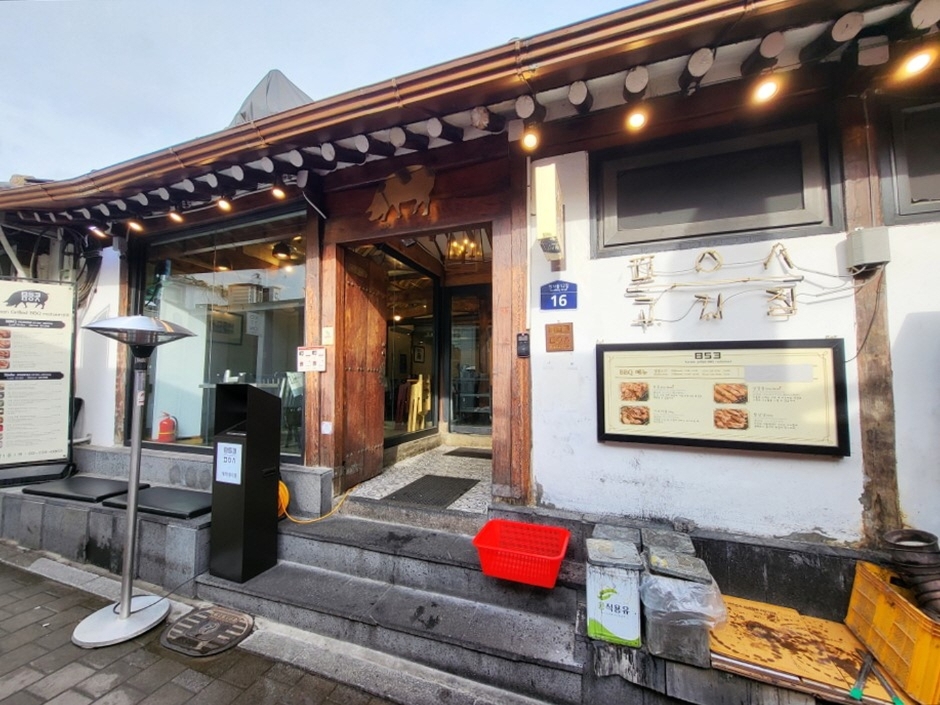
 English
English
 한국어
한국어 日本語
日本語 中文(简体)
中文(简体) Deutsch
Deutsch Français
Français Español
Español Русский
Русский